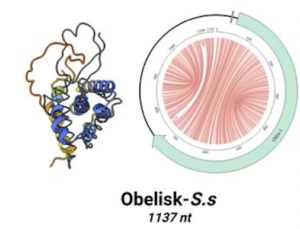Data from a newly published study of vitamin D supplementation in older people with “essential” hypertension showed no pressure-reduction benefit after a full year of treatment.
The VitDISH trial, as the study is known, involved 159 men and women over age 70 who had isolated systolic hypertension, defined as supine systolic pressures over 140mmHg, with diastolics under 90 mmHg. All subjects were also vitamin D deficient. As a group they had a mean baseline 25-OH-vitamin D level of 18 ng/ml–well under the deficiency threshold of 30 ng/ml.
They were randomized to treatment with quarterly mega-doses of 100,000 units of oral cholecalciferol (Merck’s Vigantol oil) or a matching placebo.
Though the patients in the active treatment group showed the expected rise in serum vitamin D levels, there was no difference in blood pressure (measured in the office) between the two groups at 3 months or at the close of the year-long trial. Though there were no adverse effects associated with the high-dose supplementation regimen, there were no significant changes on any of the measured indicators of vascular health such as 24-hour blood pressure, arterial stiffness, endothelial function, lipid profiles, glucose levels, or comfortable walking distance (Witham MD, et al. JAMA Intern Med. Published online August 12, 2013)
The findings have many researchers and nutrition advocates scratching their heads.
A number of observational studies have shown strong correlations between vitamin D deficiency and many manifestations of CVD, including heart failure and stroke. Low levels of 25-OH-vitamin D have been associated with development of hypertension in past studies, and past metanalyses have come to the conclusion that vitamin D supplementation could reduce blood pressure in some people. In short, there was wevery reason to expect a pressure-reduction effect in VitDISH.
The study’s authors have offered up a number of possible explanations for the absence of the expected effect: small cohort size, inadequate dosing, presence of white-coat hypertensive responses, non-correction of the calcium deficiency which often accompanies vitamin D deficiency in elderly people.
Some in the cardiology community are dismissing VitDISH entirely, with one reviewer posting on www.theheart.org, that the study is “essentially worthless.” Many are asking why Witham and colleagues chose to study such an unusual mode of supplementation–a quarterly bolus oil containing 100,000 units every 3 months–rather than studying daily dosing in the range of 1,000 to 4,000 units per day. This is how most users, take vitamin D, and it’s also the mode that was shown in one recent study to produce significant pressure changes in middle-aged Black hypertensives (Forman JP, et al. Hypertension. 2013; 61(4): 779-85).
Given the wide prevalence of hypertension and the rapidly aging populations of industrialized countries, the need for a low-cost, easily accessible lifestyle-based preventive is clear. Many people view vitamin D as a good candidate for that role. The VitDISH study, while dampering that enthusiasm, is clearly not the final word on this topic.
END







